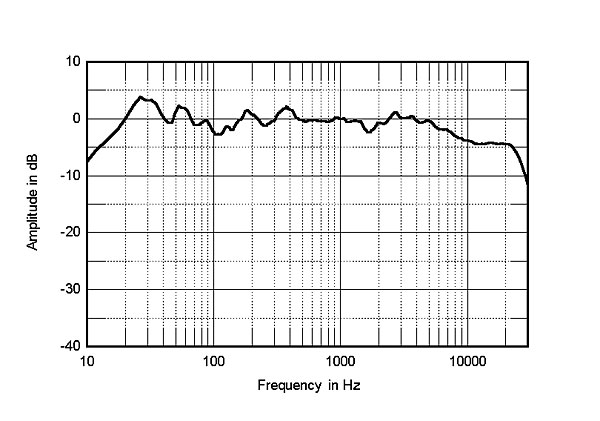Well, dipoles are often very poor in consistency of radiation pattern. Panels like Quad, ML, Soundlab etc. all have different patterns. Many multiway dipoles with dynamic drivers aren't actually dipole at all above 2kHz. And we don't even have measurements of backside radiation for most of them publicly available. Positioning may be very tricky.
Typical monopole speakers radiate very little energy backwards - above baffle step knee. Narrow baffles have this knee at a bit higher freq. The front wall (behind the speaker) makes cancellation typically around 300-600Hz depending on distance and below it bass gets boosted because of summation. Biggest problem for sound coloration and poor imaging are sidewall reflections, if speakers are too close to sidewalls - which happens very very often. In this scenario high directivity above 1kHz helps like Geddes has documented by research.
Here is KEF LS50 representing a typical naffow baffle speaker, horizontal disperion by Princeton 3D3a

If sidewalls are far away, listening window-directivity differencies loose importance and overall power response smoothness has higher role.
Typical monopole speakers radiate very little energy backwards - above baffle step knee. Narrow baffles have this knee at a bit higher freq. The front wall (behind the speaker) makes cancellation typically around 300-600Hz depending on distance and below it bass gets boosted because of summation. Biggest problem for sound coloration and poor imaging are sidewall reflections, if speakers are too close to sidewalls - which happens very very often. In this scenario high directivity above 1kHz helps like Geddes has documented by research.
Here is KEF LS50 representing a typical naffow baffle speaker, horizontal disperion by Princeton 3D3a

If sidewalls are far away, listening window-directivity differencies loose importance and overall power response smoothness has higher role.

